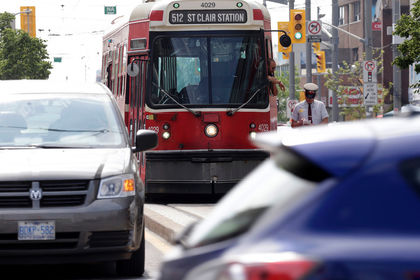November 21, 2014 – The Google skunk works experiments to develop autonomous vehicles is quickly opening a flood gate of new technological innovation in transportation. Today we already have automobiles featuring semi-autonomous features such as self-parking and parking assist. There are new models with collision detection and avoidance technology. Automobiles you buy today can alert you when you are drifting into a neighboring lane. They can monitor your alertness to ensure you don’t fall asleep behind the wheel. And they can adjust your speed automatically sensing vehicles slowing down ahead. It is all about packing vehicles with smart sensors, advanced image processing, and decision-making software. There appears to be no barrier autonomous technology cannot overcome. Instead what is keeping self-driving cars from becoming standard fare is regulation, liability and fear.
So when are the crystal balling experts predicting autonomous vehicles will become a regular participant on the world’s highways and streets? The first fully autonomous models should be in mass production by 2020 and by 2035, according to Navigant Research, we should see sales approach 95 million annually representing 75% of all vehicles sold.
It couldn’t happen sooner based on my most recent driving experience here in Toronto. I had arranged to go to see the movie, Interstellar, with a friend. The IMAX theatre we were to meet at is about 18 kilometers from my home and when I left at 4:00 p.m. traffic heading uptown wasn’t that thick. But driver behaviour and construction with lane closures caused endless bottlenecks turning a 30 minute drive into a 1-and-3/4-hour marathon. If all those cars and trucks had been equipped with autonomous controls no one would have been trying to butt in from lanes about to close or trying to pass by driving in left turn lanes or on soft shoulders. Traffic would have flowed steadily and I would have been comfortably reading, listening to music or an audiobook, or even writing a blog rather than staring intently at an endless crush of cars with my foot transferring frequently from accelerator to brake to adjust to the insanity going on in front of me.
The trip made me appreciate the streetcar (like the one in the picture below) that stops in front of our apartment and connects me to Toronto’s subway system so that I don’t have to drive too often in the city. It also made me appreciate the benefits of self-driving vehicle technology and how it, along with public transit infrastructure, can also serve to address urban gridlock.
By the way, the movie was well worth the agony of the drive. I see it as potentially becoming as iconic as Stanley Kubrick’s 2001: A Space Odyssey.










[…] The first fully autonomous vehicle models will be out by 2020 with large volume sales by 2025 and dominance on urban roads by 2035. […]